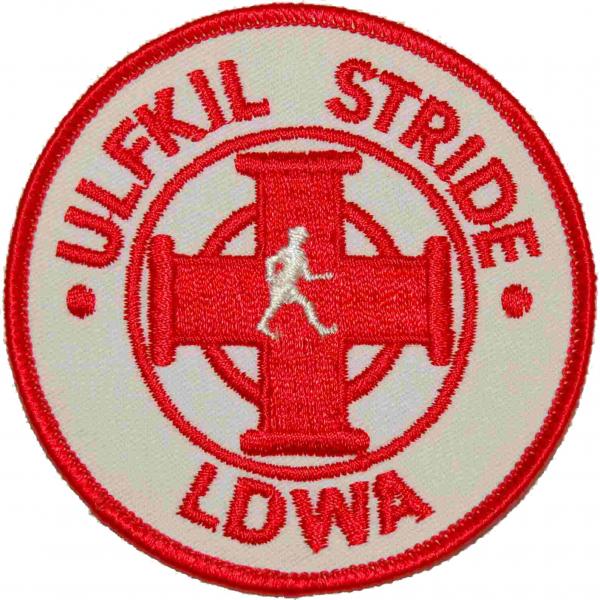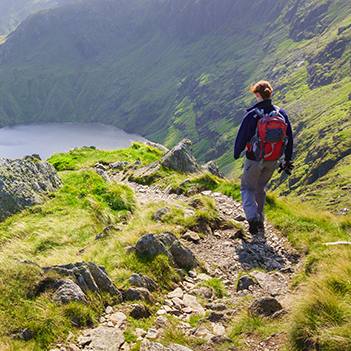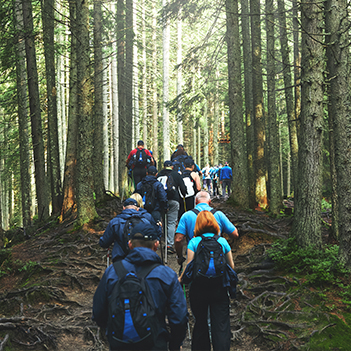|
The Ulfkil Stride was for many years the West Yorkshire premier challenge event with a choice of routes over the fells of Upper Whafedale. This is now an open challenge event and open to any person to complete. On completion a badge and certificate is available from the Recorder John Sparshatt, 30a Sandholme Drive, Burley-in-Wharfedale, Ilkley, LS29 7RQ with a cheque made payable to the West Yorkshire LDWA for £5. Ulfkil Cross is thought to be one of the territorial markers of the area owned by Fountains Abbey which was built in 1132. The medieval charters situate it on the Stainforth to Littondale road at Dale Head and there can be found the base of an old cross which takes the form of a large square stone with a socket in the top. This cross was probably one of a number which were placed along the lines of monastic roads. They served the dual purpose of boundary markers and symbols of consecration and dedication to the church. The first record of the Norse name Ulf is to be found in the Doomsday Book of 1086. At this time a man called Ulf owned lands in Stainforth, Hellifield, Newholme, Gisburn, Long Preston, Horton, Kettlewell, Hubberholme and Starbotton. Our first reference to Ulf is to be found in 1175. Ranulf de Otterburn, son of Ulf de Otterburn, son of Roskil de Malham, gave lands in the Malham area to the monks of Fountains Abbey which had now been built now about 43 years. The only other early record has been found in the charter of the Countess of Warwick and her brother in law Richard de Percy. In 1206 they gave the monks of Fountains Abbey all the pasture from Malham Tarn to Darnbrook and when describing the area concerned, the charter mentions the Ulfkil Cross as one of its boundary markers. Although records and references to Ulf and the cross are few, we think we know at least where the cross is, and roughly when it was first erected ( between 1132 and 1206 ). We can only assume that it was named after Ulf when his son Ranulf gave lands to the abbey in 1175 or earlier when Ulf was a landowner in the area himself. |


 The Ulfkil Stride Open Challenge
The Ulfkil Stride Open Challenge



